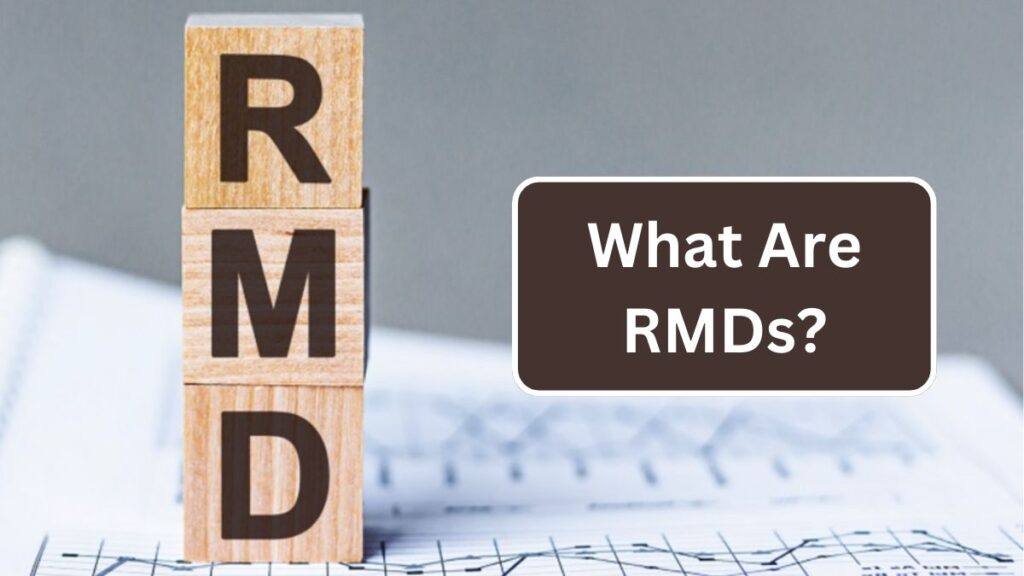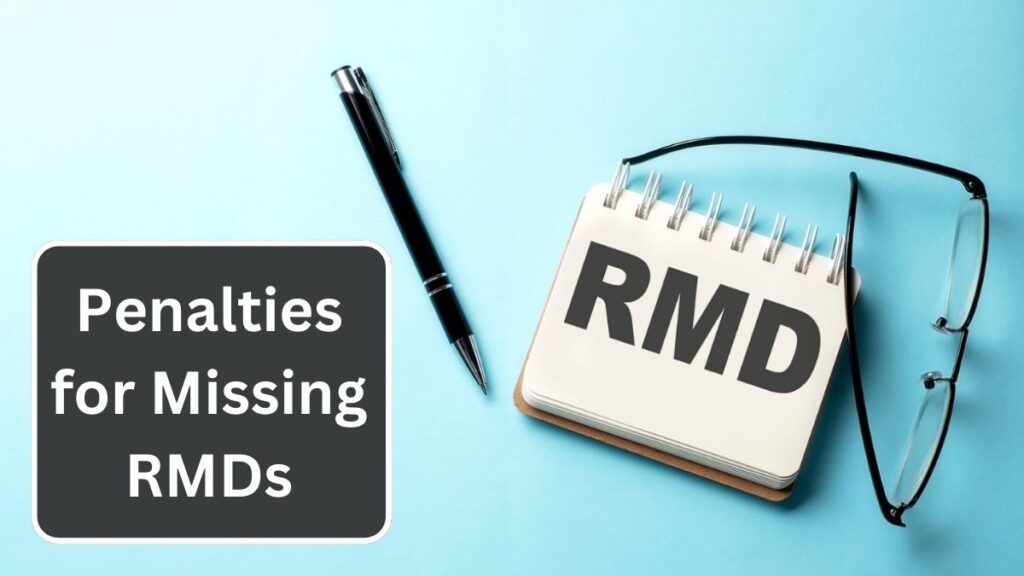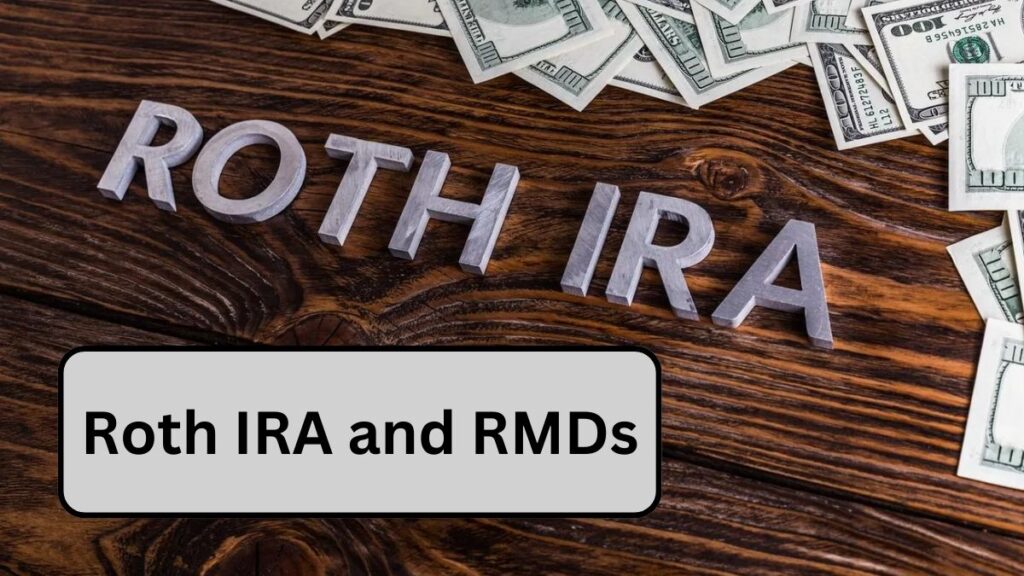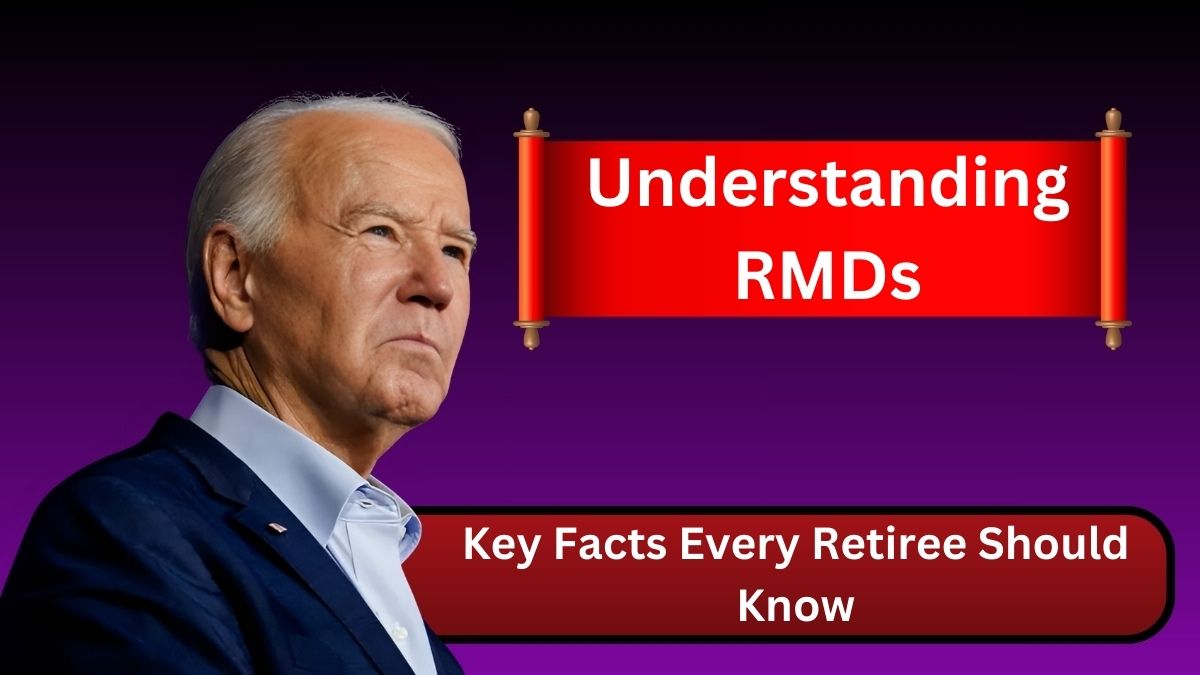When you’ve worked hard to save for retirement, you’re probably feeling good about your financial future. However, retirement comes with its own set of responsibilities. One important aspect to manage is the Required Minimum Distribution (RMD). This is the amount of money you must withdraw from your retirement accounts each year. If you don’t handle RMDs correctly, you could face fines and penalties that might reduce your savings faster than you expect.
What Are RMDs?

RMDs are the minimum amounts you must withdraw from your retirement accounts, like 401(k)s and IRAs, each year after reaching a certain age. Recently, the Secure 2.0 Act raised the RMD age from 72 to 73. This means that if you turn 73 this year, you’ll need to start withdrawing larger amounts from your retirement accounts. This change is because more people are retiring, and the stock market has seen big gains, which affects how much needs to be withdrawn.
Tax Implications of RMDs
When you withdraw your RMD, it is considered regular income. This means you’ll have to pay income tax on it, which could increase your total taxable income. As a result, you might end up in a higher tax bracket. It can also affect your Medicare premiums and even the taxation of your Social Security benefits. It’s important to plan for these taxes and set aside money to cover them, especially when you start taking RMDs.
Penalties for Missing RMDs

If you don’t take your RMD on time, you could face a hefty penalty. The fine is 25% of the amount you were supposed to withdraw. This penalty is on top of the taxes you still need to pay. However, if you fix the mistake within two years, the IRS might reduce the penalty to 10%. So, it’s crucial to make sure you withdraw the correct amount by the deadline.
When Do RMDs Apply?
Once you turn 73, you must take RMDs by December 31 every year. Although you can’t avoid RMDs, you have options for what to do with the money. You might put it into a high-yield savings account to earn interest or invest it in other assets. Some retirees also choose to donate their RMDs to charity, which can help offset the tax impact and give back to the community.
| Topic | Details |
|---|---|
| What is an RMD? | A Required Minimum Distribution (RMD) is the minimum amount you must withdraw from retirement accounts each year after reaching a certain age. This ensures retirement funds are eventually taxed. |
| Age to Start Taking RMDs | As per the Secure 2.0 Act, you must start taking RMDs when you turn 73 years old. |
| How RMDs are Calculated | RMDs are calculated based on your account balance and life expectancy. Use IRS tables or consult a financial advisor for precise amounts. |
| Accounts Subject to RMDs | Traditional IRAs, 401(k)s, 403(b)s, and similar retirement plans are subject to RMDs. Roth IRAs are exempt during the account holder’s lifetime. |
| Taxation of RMDs | RMDs are taxed as ordinary income, subject to federal and state income taxes. |
| Penalties for Missing Deadlines | Missing an RMD deadline incurs a penalty of 25% of the amount you should have withdrawn. If corrected within two years, the penalty may be reduced to 10%. |
| Reinvesting RMDs | RMDs can be reinvested in other investment accounts or placed into a high-yield savings account. |
| RMDs and Employment | If still working and participating in your current employer’s retirement plan, you may not need to take RMDs from that plan. This does not apply to retirement plans from previous employers. |
| Handling Unneeded RMDs | Unneeded RMDs can be donated to charity, saved in a high-yield account, or reinvested. |
| RMDs and Roth IRAs | Roth IRAs are not subject to RMDs during the account holder’s lifetime. However, inherited Roth IRAs do require RMDs. |
Roth IRA and RMDs

Roth IRAs are different from other retirement accounts. You don’t have to take RMDs from a Roth IRA because you pay taxes on the money before you deposit it. Plus, any investment gains within the Roth IRA are tax-free if you’re at least 59½ years old and have had the account for at least five years. RMDs only apply to Roth IRAs if you inherit one.
Special Considerations for Working Retirees
If you’re still working at 73 and participating in your current employer’s retirement plan, you might not need to take RMDs from that plan. However, this rule doesn’t apply to retirement plans from previous employers. If your current employer’s plan requires distributions at RMD age or if you own more than 5% of the business where you work, you’ll need to take RMDs.
FAQs
What is a Required Minimum Distribution (RMD)?
An RMD is the minimum amount of money you must withdraw from your retirement accounts each year once you reach a certain age. This requirement ensures that retirement funds are eventually taxed.
At what age do I need to start taking RMDs?
As of the Secure 2.0 Act, you need to start taking RMDs when you turn 73 years old.
How are RMDs calculated?
RMDs are calculated based on your account balance and life expectancy. You can use IRS tables or consult with a financial advisor to determine the exact amount.
What types of accounts are subject to RMDs?
RMDs apply to traditional IRAs, 401(k)s, 403(b)s, and other similar retirement plans. Roth IRAs do not require RMDs during the account holder’s lifetime.
Are RMDs taxable?
Yes, RMDs are treated as ordinary income and are subject to federal and state income taxes.
Understanding and managing RMDs is essential for maintaining your retirement savings and avoiding unnecessary penalties. By staying informed and planning ahead, you can handle RMDs confidently and ensure your retirement funds are well-managed.




